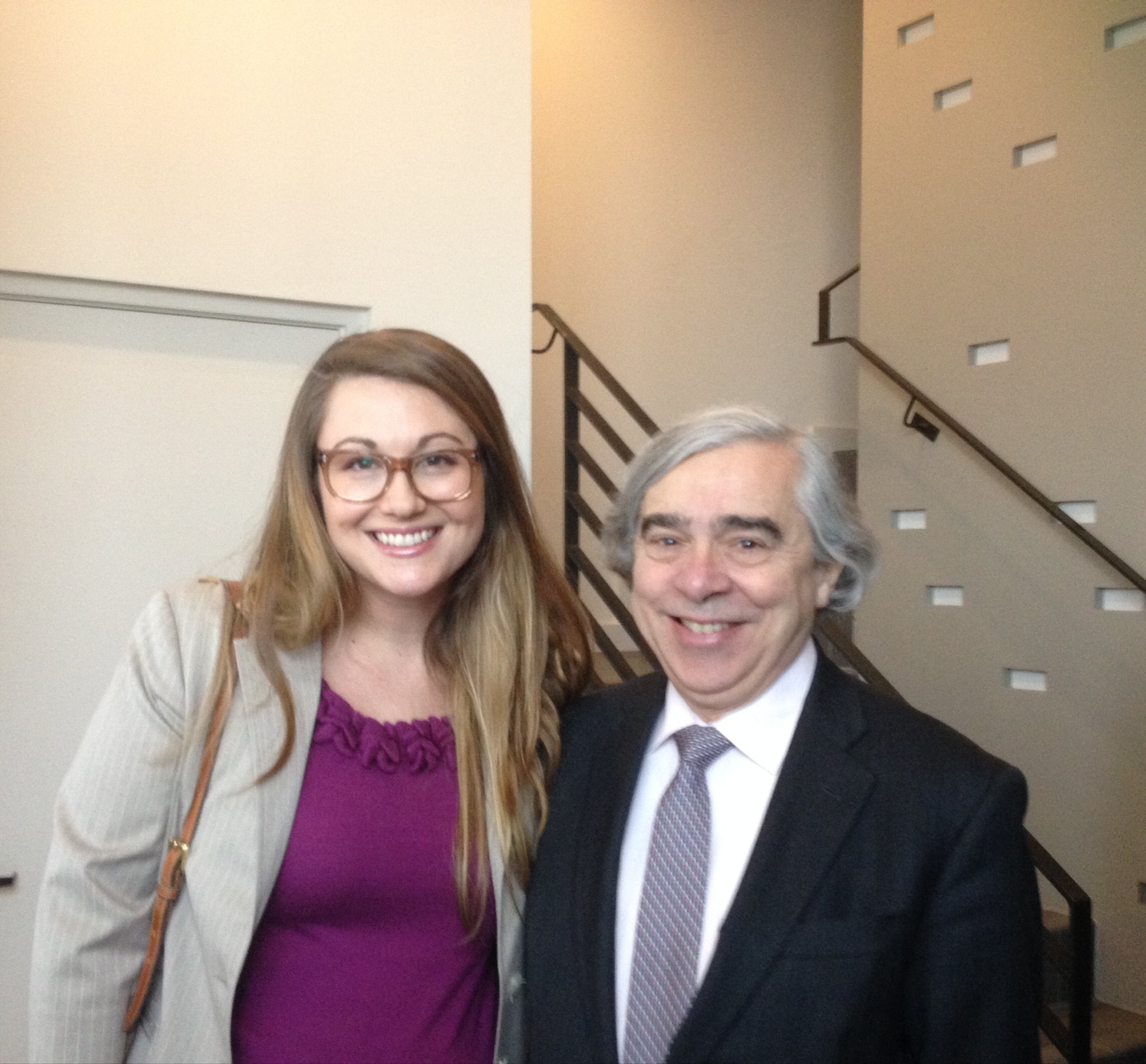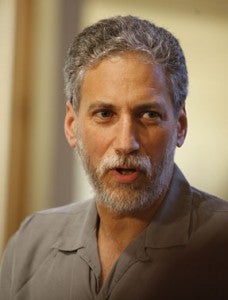This commentary originally appeared on our Texas Clean Air Matters Blog.
Earlier this month, I had the privilege of presenting a short summary of EDF’s Smart Power Initiative to Dr. Ernest Moniz, the U.S. Secretary of Energy. As a group of over 30 people piled into the Pike Powers Laboratory (including the lab’s namesake), the Secretary made his way in, beelined for some coffee, and sat down to hear all about Austin’s innovative and collaborative energy “ecosystem.”
Present was the Mayor of Austin, Lee Leffingwell, various cleantech entrepreneurs sponsored by the Austin Technology Incubator (ATI), representatives from the State Energy Conservation Office (SECO), and the Governor’s office, among others.
Everyone had the opportunity to speak to the Secretary in a roundtable format about the work their particular company or group is doing to solve energy problems, and as EDF’s representative, I reported on our Smart Power work in Texas. Read More














